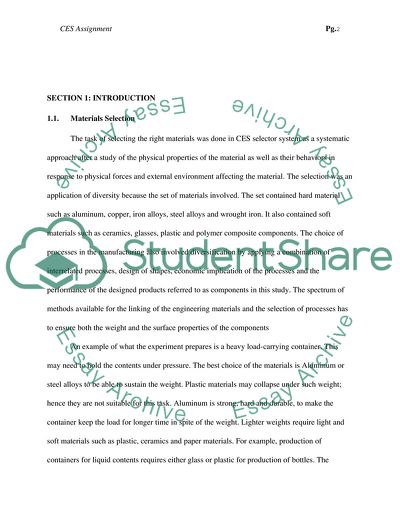Cite this document
(CES: Manufacturing Process Selection Coursework Example | Topics and Well Written Essays - 3750 words, n.d.)
CES: Manufacturing Process Selection Coursework Example | Topics and Well Written Essays - 3750 words. https://studentshare.org/engineering-and-construction/1864338-ces-manufacturing-process-selection
CES: Manufacturing Process Selection Coursework Example | Topics and Well Written Essays - 3750 words. https://studentshare.org/engineering-and-construction/1864338-ces-manufacturing-process-selection
(CES: Manufacturing Process Selection Coursework Example | Topics and Well Written Essays - 3750 Words)
CES: Manufacturing Process Selection Coursework Example | Topics and Well Written Essays - 3750 Words. https://studentshare.org/engineering-and-construction/1864338-ces-manufacturing-process-selection.
CES: Manufacturing Process Selection Coursework Example | Topics and Well Written Essays - 3750 Words. https://studentshare.org/engineering-and-construction/1864338-ces-manufacturing-process-selection.
“CES: Manufacturing Process Selection Coursework Example | Topics and Well Written Essays - 3750 Words”. https://studentshare.org/engineering-and-construction/1864338-ces-manufacturing-process-selection.


